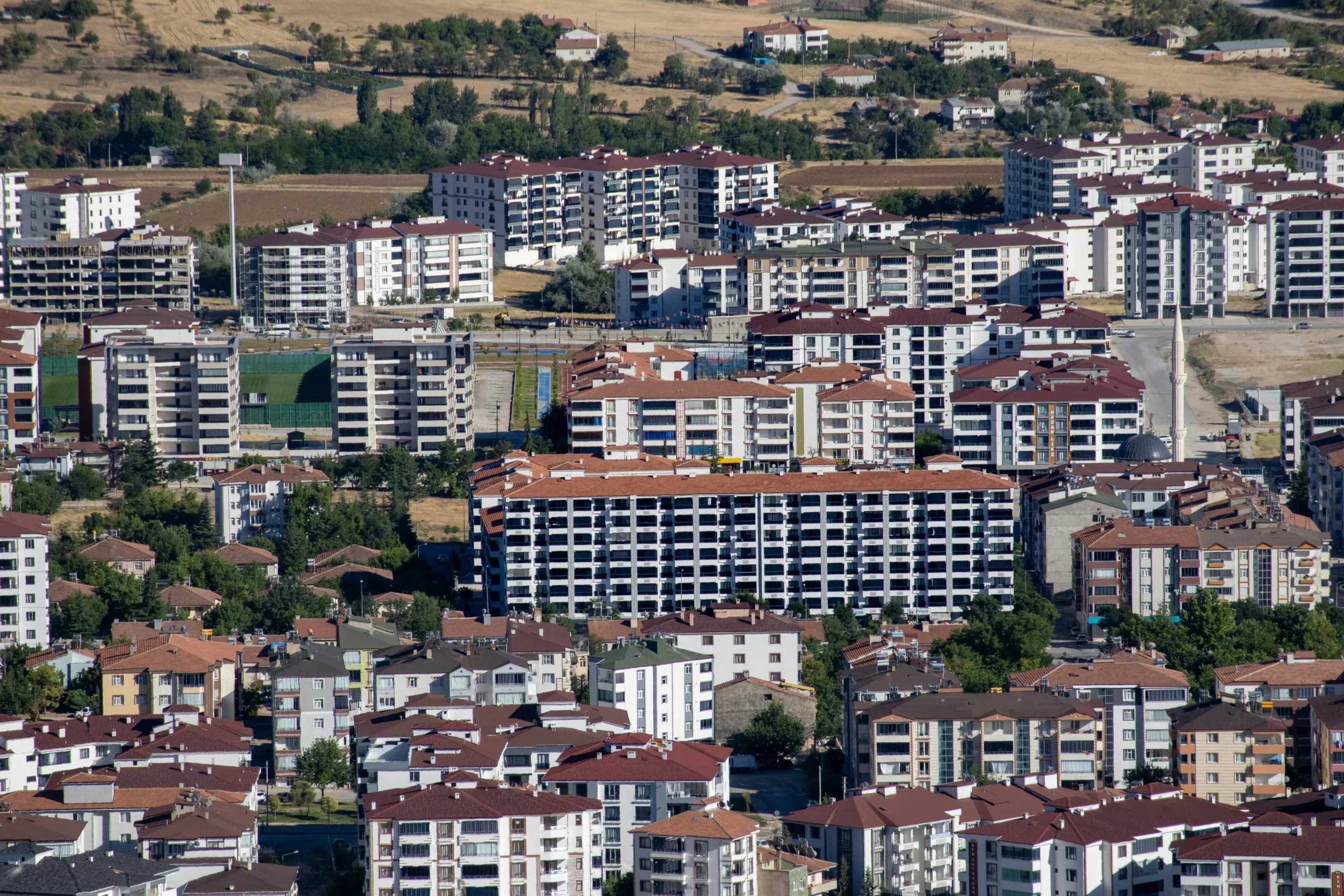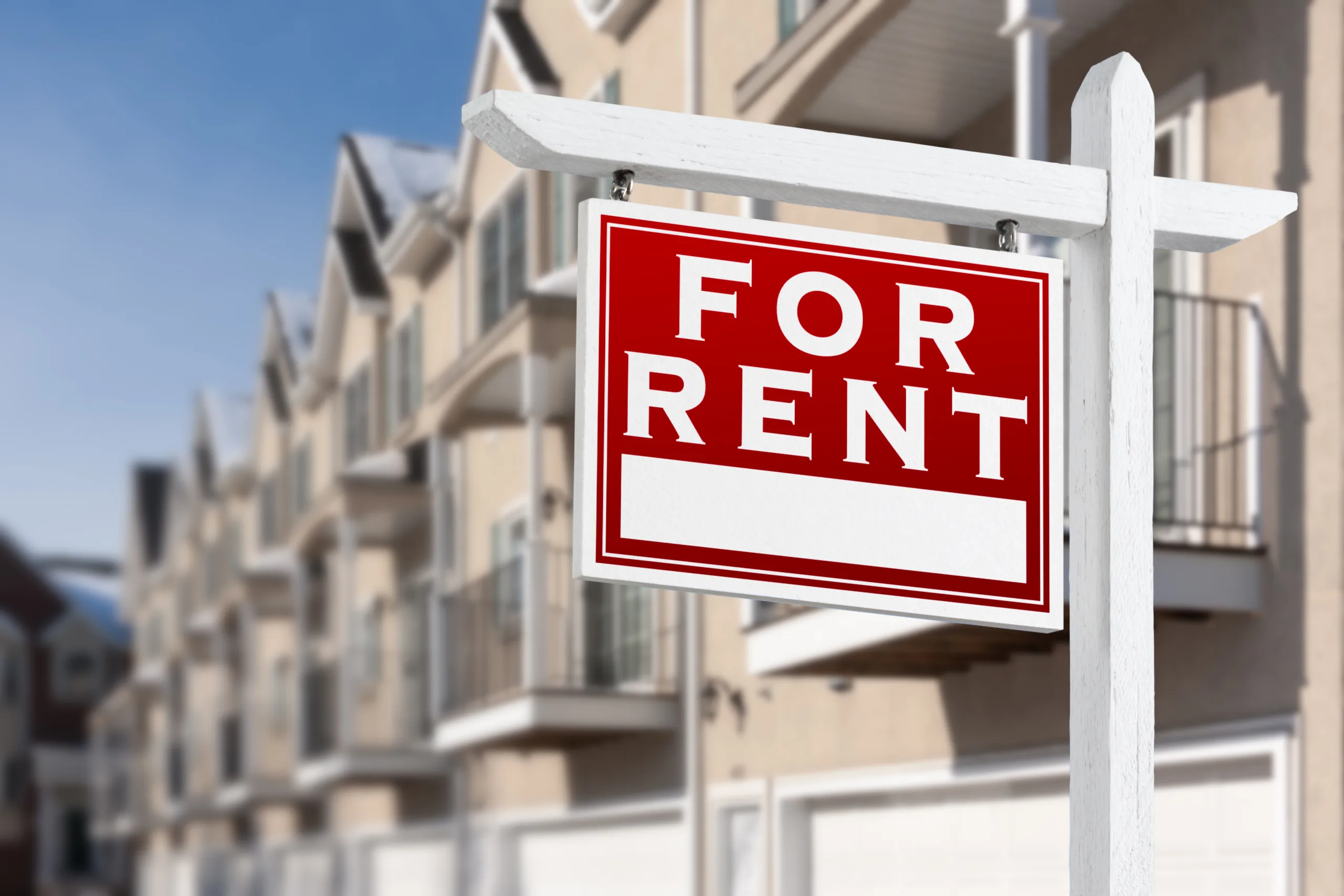- Executive Directive 1 (ED1) cuts approval times for 100%-affordable housing projects from about a year to just 60 days, fueling a surge in development applications across Los Angeles.
- Over 42,000 units have been proposed under ED1 since late 2022, with about 75% receiving approval—more than doubling the previous rate of affordable housing entitlements.
- Market-rate developers are joining the affordable housing game, drawn by faster timelines and reduced costs, although some are now offloading entitled land amid financing and regulatory challenges.
Streamlining for Scale
Los Angeles’s affordable housing landscape shifted dramatically in December 2022 when the city launched Executive Directive 1 (ED1)—a fast-track policy for 100%-affordable projects. Under ED1, developers can bypass public hearings and council votes, reducing entitlement time from about one year to just 60 days.
According to The WSJ, so far, the policy has worked as intended. Roughly 42,300 units have been proposed through ED1, with 31,700 already approved—a massive jump from prior years.
New Players, New Strategies
The streamlined process has opened the door to developers traditionally focused on market-rate apartments. Take Passo, a firm formed in 2024 solely to capitalize on ED1. Though new, it has already completed one 15-unit project and has 600+ more units in the pipeline. The firm credits ED1 with shaving months off timelines and saving tens of thousands in fees.
“ED1 is the only reason we came out here,” said Passo principal Daniel Glimcher. “Market-rate multifamily just really doesn’t pencil out in L.A.”
The Catch: Costs and Constraints
Despite the enthusiasm, ED1 isn’t a silver bullet. Developers are still grappling with high interest rates, tighter lending, and reduced Section 8 subsidies. Meanwhile, the city’s so-called “mansion tax” on $5.3M+ property sales has cooled high-end investor interest.
Some developers, like SoLa Impact’s Martin Muoto, report receiving pitches from ED1 participants trying to sell their entitled land rather than build, deterred by the realities of financing and operations.
Get Smarter about what matters in CRE
Stay ahead of trends in commercial real estate with CRE Daily – the free newsletter delivering everything you need to start your day in just 5-minutes
Mixed Response from Developers
Not everyone is sticking around. Developer Steven Scheibe of Generation Real Estate Partners—new to affordable housing—delivered a 44-unit ED1 project this August. But he called the operational lift too heavy and said his firm won’t repeat the experiment: “One and done.”
On top of that, new limitations imposed by the city—including restrictions on ED1 projects in single-family zones and fewer fee waivers—have dampened early momentum.
A Broader Trend
Los Angeles isn’t alone. Cities like New York and San Francisco are also exploring similar fast-track policies to tackle housing shortages. At the state level, California has loosened environmental review requirements to speed development.
As cities race to meet ambitious housing goals, L.A.’s ED1 experiment is being watched closely.
Looking Ahead
Efforts are underway to make ED1 permanent. While the policy may not fix every housing issue, it has already reshaped what’s possible in the city’s development pipeline.
“It really did move the market,” said land-use attorney Dave Rand.
With more than 42,000 units in the pipeline and developers newly energized, L.A.’s housing future may depend on whether policies like ED1 can endure—and evolve.


















